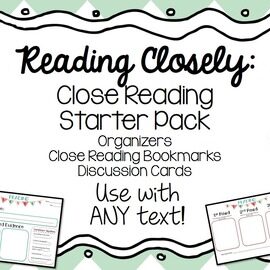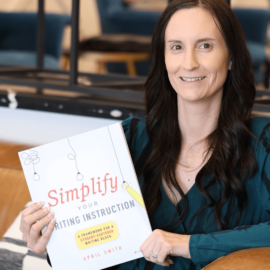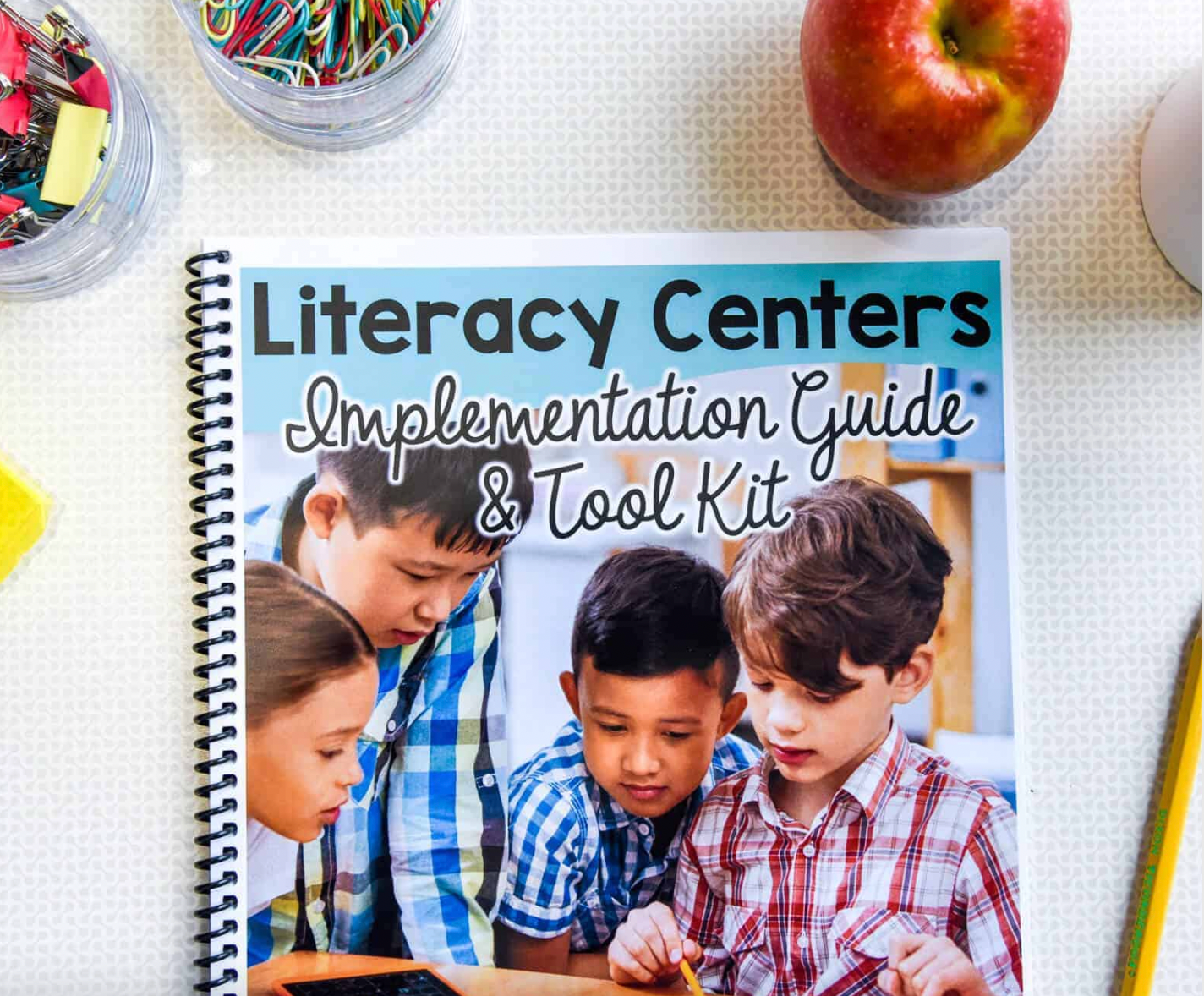I was one of the first people to jump on the “Close Reading” bandwagon, after seeing this video about quality reading instruction. I’ve been really excited to see that other teachers are beginning to blog about it and share their student successes. There still isn’t a lot of information out there about how to get your students to read at a higher level, so I’ve put together a introduction to close reading for my readers who are new to the process.


Multiple readings of entire text and portions of text will greatly increase student understanding. While students are reading, they should have a different task to do during each read. These tasks should include writing, which should occur during your Reading block as much as you can fit it in! Students should also be slowing down to reread parts of the text that they don’t understand in order to infer meaning.


A large part of Reading standards is being able to infer and draw conclusions. When students go back into the text to find specific examples that support their conclusions, it adds to the depth of their answers.


This is the “deepest” part of close reading. Students should really be looking closely at text for patterns that they commonly see in text (plot elements, text structure, etc.). This also helps them when writing their own text. Another part of this takes what we refer to as “author’s purpose” to a whole new level. Have your students look closely at parts of a book that are interesting or surprising, and discuss why the author chose to include that part. I did a lesson about 9/11 where students found evidence of cause & effect text structure. They also discussed why the author chose this format to convey her ideas. We then moved into a unit on writing informational text, where students tried writing informational text with the cause & effect text structure. The progression was seamless!
Although I think components of this strategy have been around in Reading instruction for a long time, I believe that these ideas are a solid reminder that we aren’t just reading the text, we’re studying it!




